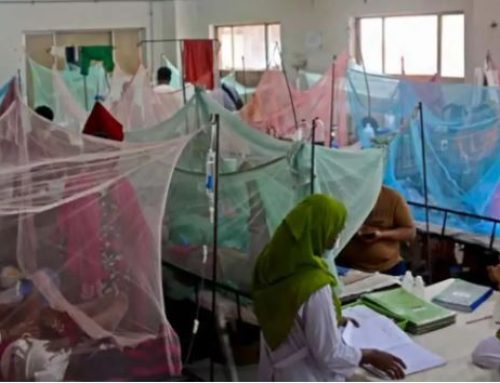Project Description
Author: Hasan et al.
Summary:
Coronavirus disease 2019 (COVID-19) disease have been associated with significant mortality amongst doctors globally including Bangladesh. To delineate the clinico-epidemiological characteristics of the physician affected with COVID-19 was the objective of the study.
This cross-sectional Facebook based survey was conducted in the period of August to September 2020. Snowball sampling methods was followed. A total of 151 physicians affected with COVID-19 participated in this survey. Self-reported perceived severity scale (zero meaning not severe at all and ten denoting the most severe) was used. Collected data analyzed by SPSS 25.
Result: Among the participants, the majority were male, 64.9% (n=98). The most prevalent affected age groups were 24-35 years (86.8%; n=131). Approximately 45% worked in COVID dedicated hospital. Entry-level physicians (Medical Officer/ Assistant Surgeon) were the most affected (94.4%; n=117). One-third of the physicians had at least one comorbidity. Bronchial asthma, Obesity and Diabetes were the most frequent. Predominate symptoms of the infection were fever (62.3%, 94), cough (62.3%, 94), and myalgia (60.9%, 92). Half of the participants had either sore throat, anosmia, gastro-intestinal symptoms and one-third of the patients developed dyspnea. Perceived severity of the symptoms ranged between 2-6. The pattern of drug use to prevent the COVID-19 showed no uniformity. However, intake of Zinc, Vitamin C, Vitamin D, antihistamine and Ivermectin was found in 74.8%, 67.5%, 41.7%, 49%, and 37.7%, respectively.
Conclusion: As the current pandemic continues to evolve, physicians must be equipped with appropriate knowledge, skills and must be cautious on the prevention measures against COVID-19.
Keywords: COVID-19, Epidemiology, Clinical Characteristics, Physicians, Healthcare Workers, Frontlines, Bangladesh
Status: Ongoing
Full text link: Not available



